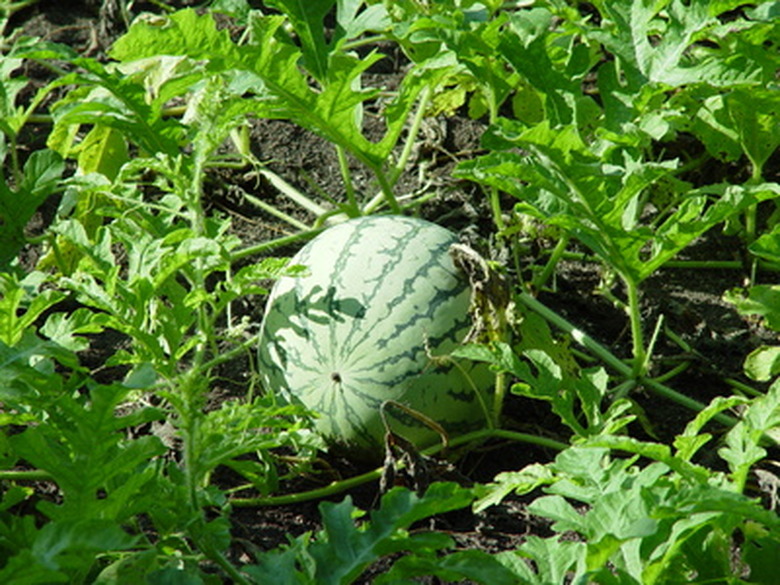Soils Rich In Minerals
Minerals are formed through natural geological processes that take place over long periods of time. Minerals such as calcium, chromium, copper, iodine, iron, selenium and zinc are important to maintain health. They are known as "trace minerals" or "micronutrients." Minerals are absorbed from soil into vegetable and fruit root systems to become part of the nutritional content of food. Average soil contains 45 percent minerals, according to a U.S. Environmental Protection Agency report on soil.
Minerals are formed through natural geological processes that take place over long periods of time. Minerals such as calcium, chromium, copper, iodine, iron, selenium and zinc are important to maintain health. They are known as "trace minerals" or "micronutrients." Minerals are absorbed from soil into vegetable and fruit root systems to become part of the nutritional content of food. Average soil contains 45 percent minerals, according to a U.S. Environmental Protection Agency report on soil.
Garden Loam
Garden loam has the correct balance between mineral content and organic content. The mineral particles are from sand, silt, or clay. Garden loam is brown in color and holds its shape easily. It is the organic content that helps loam to hold its structure. Organic matter clings to mineral particles to create soil aggregates. Soil's structure and its mineral content are maintained by the addition of composted materials. Composted materials also add to the mineral content of the soil.
- Minerals are formed through natural geological processes that take place over long periods of time.
- Soil's structure and its mineral content are maintained by the addition of composted materials.
Clay
Soil in low-laying valleys and near rivers is likely to contain large quantities of clay. It is sticky and forms easily into clumps. Clay soil has the finest particles of minerals, but the least amount of oxygen in its structure. Plants that might benefit from the mineral rich clay soil cannot grow because of the lack of space between mineral particles. Organic materials such as compost or coarse sand may be added to Improve soil texture and structure. Water is likely to pool and absorb slowly into clay soil.
Sandy Soil
Rocky or sandy soil contains large particles of minerals that may be rich for growing plants but the soil cannot support root growth easily. It is well aerated but cannot retain water. An Ohio State University Extension report on soil improvement says that "soil texture and structure can be modified by using soil conditioners" and goes on to recommend compost, peat moss, wood chips or sawdust. The addition of organic matter gives the mineral particles material to bind with and this improves water retention. Minerals are then absorbed easily by vegetable and fruit root systems and become a part of the plant's nutrient content.
- Soil in low-laying valleys and near rivers is likely to contain large quantities of clay.
- Rocky or sandy soil contains large particles of minerals that may be rich for growing plants but the soil cannot support root growth easily.
